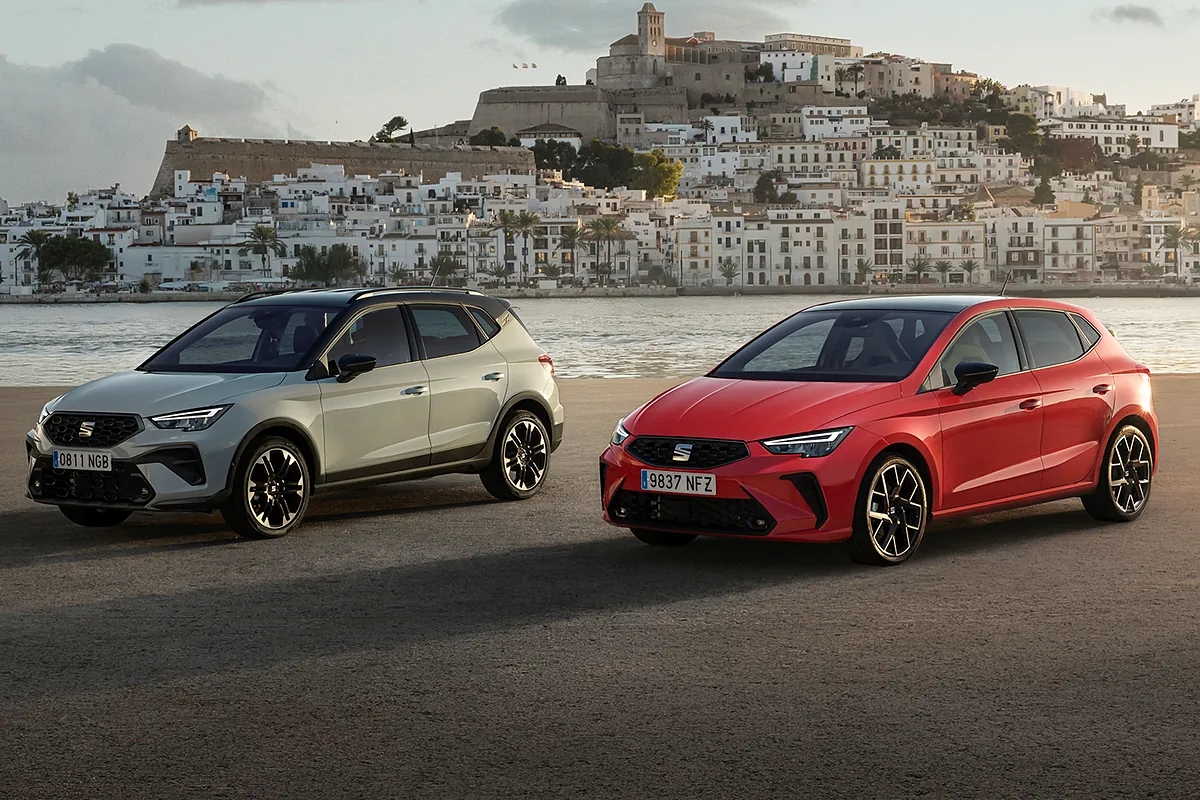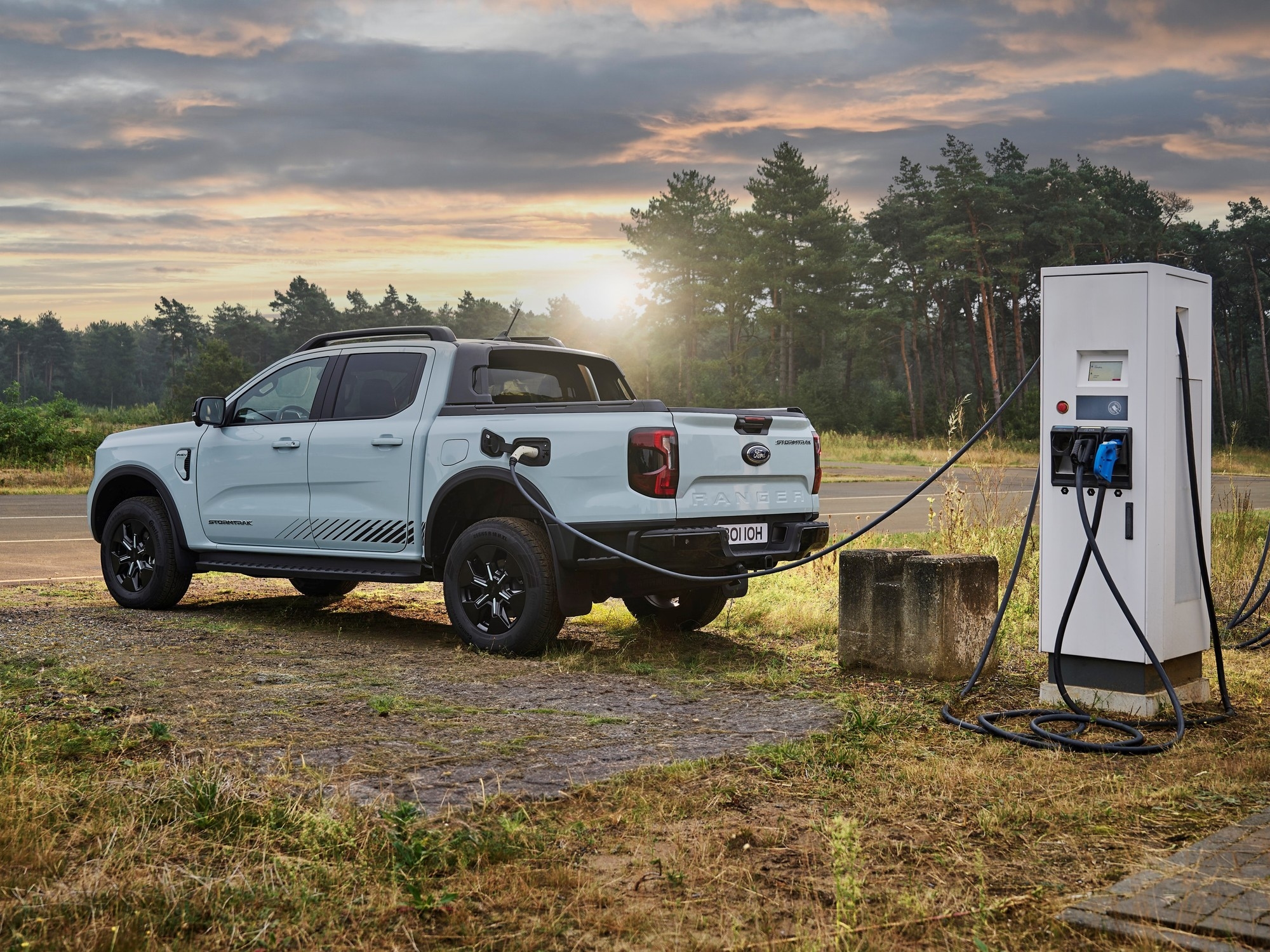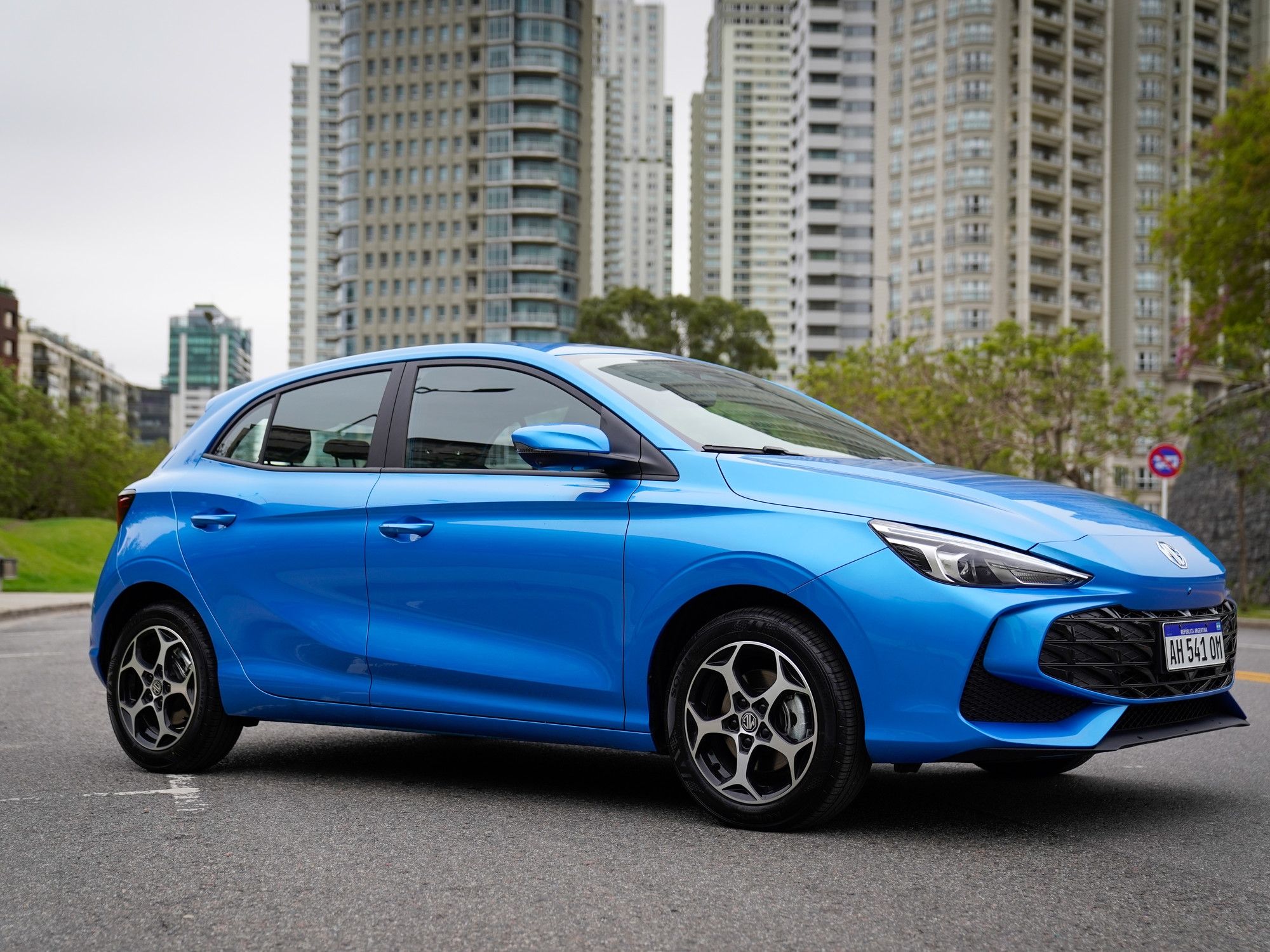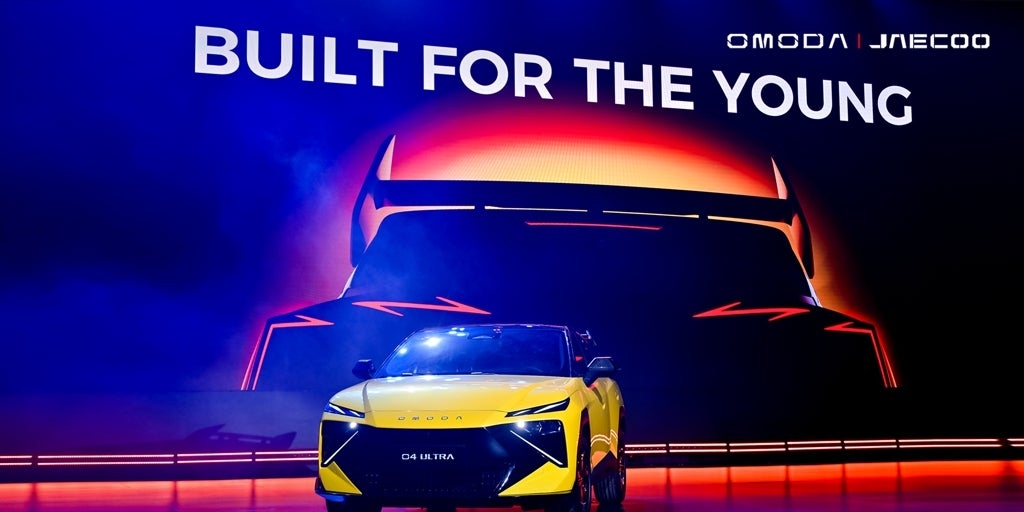Seat looks ahead with the new Ibiza and Arona

The Spanish brand Seat is celebrating 75 years of history and, as a final act in this year of festivities, is undertaking the renewal of its two smallest models: the Ibiza and the Arona.

"These are two key success cars for our range and growth. That's why, while improving them, we're also preparing them for the future, with the upcoming Euro 7 compliance and the introduction of mild-hybrid propulsion systems," said Markus Haupt during the international presentation of both cars, his first public appearance since being confirmed as president of Seat and Cupra.

Its importance is evident in the figures: more than six million units of the Ibiza, now in its fifth generation, have been sold since 1984. More than 750,000 units of the Arona, launched in 2017, have been sold.

Orders open in November, with prices starting at €18,420 without subsidies and, interestingly, including a free V-16 beacon. The price increase is only €250 despite the improvements, and the first units will be delivered in early 2026.

The changes do not affect the structural part, so they remain fun and enjoyable to drive, although with an extra touch of firmness in the suspension as we were able to verify during a short route through the roads of Ibiza.

Nor do the dimensions change: the Ibiza remains a 4.06-meter-long utility vehicle with a 355-liter trunk (one of the best in its category), while the Arona - 10 cm longer - is its SUV version, with a higher body, better access, and a little more space (400 liters) for luggage.

The first updates are in the design. The front is completely new—with standard full LED headlights and a new lighting signature—while the rear changes less. More wheel options are available (some with a diamond-cut finish), ranging from 15 to 18 inches, and the color palette is enhanced with the addition of paints that change color depending on how the light hits them. Furthermore, the Arona is now offered with a two-tone paint option.

Inside, the upgrades are evident in the trim and materials. There's more padding and an improved sense of quality, while the FR versions (the other trims are Reference and Style) add sport bucket seats. Information is displayed to the driver via an eight- or nine-inch central multimedia screen, and the instrument cluster can be a configurable 10.25-inch digital display.

Both cars feature wireless connectivity, a voice recognition system, a cooled 15V mobile phone charger, and we can have a 300-watt sound system, dual-zone climate control, a panoramic sunroof (not in the SUV), or the so-called Seat Profile which includes four driving programs.

All versions are petrol-powered, with 80 hp (except in the Arona), 95 hp, 115 hp, and 150 hp, the latter featuring cylinder deactivation for improved fuel economy. The gearbox can be a five- or six-speed manual, or a seven-speed DSG automatic.
In other words, they'll always have a C label, since it made more sense to launch the mild-hybrid variants at the same time as the engines are being adapted to Euro 7, which will arrive in 2027. They'll certainly be more efficient, although we'll have to see if the DGT's labeling system has changed by then. Under the current system, they would qualify for the ECO label.
elmundo



-U61032226724JbO-1024x512%40diario_abc.jpg&w=3840&q=100)

